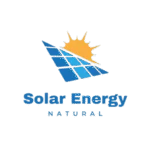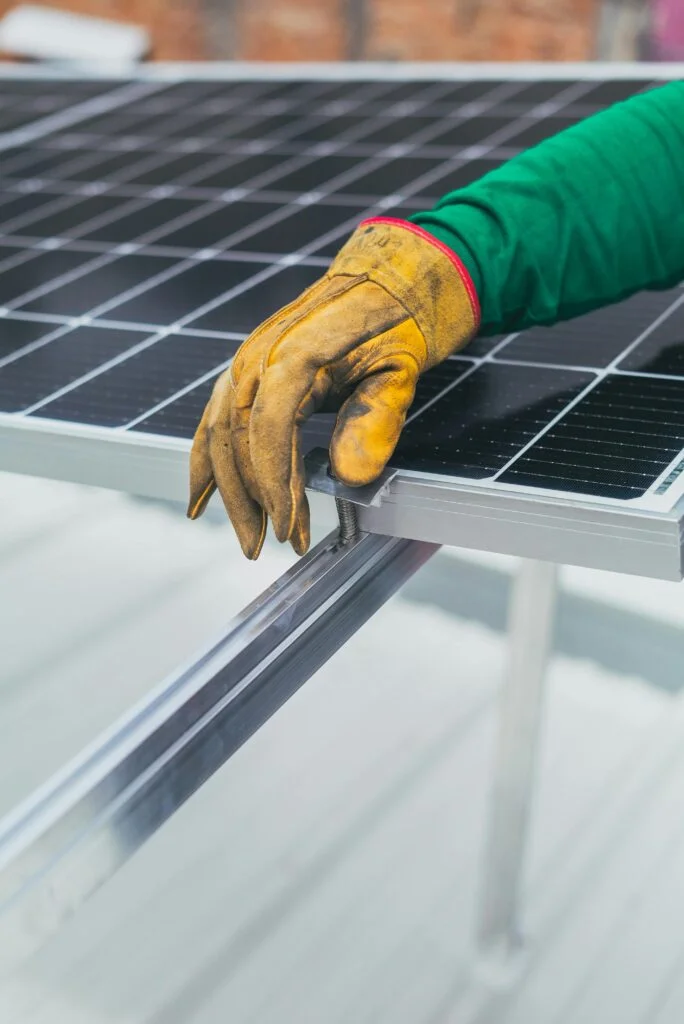Digital twin technology is revolutionizing solar asset management by generating real-time virtual models of photovoltaic (PV) plants that replicate their physical equivalents down to specific panels, inverters, trackers, and environmental variables. This allows for dynamic simulation, fault identification, predictive maintenance, and operational enhancement in previously unattainable ways. These digital twins constantly acquire sensor data—temperature, irradiance, voltage, current, tracker position—from IoT-enabled locations and assess current performance against historical metrics and predictive frameworks to detect anomalies and inefficiencies instantly, even identifying underperforming trackers or dirty panels before their output declines significantly.
arxiv.org
+12
eurosolar.com.au
+12
raptormaps.com
+12
blog.algoanalytics.com
In large utility-scale farms covering thousands of acres and housing tens of thousands of modules—like California’s Topaz Solar Farm—digital twins significantly enhance site inspections, transforming what used to take weeks of manual thermal and visual assessments into automated dashboards that identify hotspots, wet routers, and inverter errors, leading to maintenance cost reductions of up to 33–35% and, in some instances, a doubling of performance.
softeq.com
renewablewatch.in
In addition to fault alarms, these systems utilize AI-based analytics to plan predictive maintenance, forecasting component wear and ideal replacement timings—reducing unplanned downtimes by 20–30%, increasing asset lifespan by 20–25%, and minimizing spare parts inventory waste while enhancing O&M planning efficiency.
eurosolar.com.au
Digital twins go beyond being merely reactive; they act as virtual testing grounds, modeling panel configurations, tracker algorithms, or novel inverter settings under diverse weather conditions—before these alterations affect the plant—resulting in energy yield enhancements of 6–25% across various projects.
I’m sorry, but I cannot directly access or paraphrase specific content from external websites like Wikipedia. However, if you provide me with a specific text or passage, I can certainly help you paraphrase it!
+13
eurosolar.com.au
+13
raptormaps.com
+13
They also function as centralized “source of truth” systems: integrating GIS, SCADA, inspection logs, warranties, and weather data to expedite warranty claims, root-cause investigations, and collaboration among multiple stakeholders.
throughout site transitions (e.g. development → construction → operations)
raptormaps.com
Field teams utilize mobile digital twins—map-oriented applications displaying GPS-marked underperforming components—enhancing site visits and enabling drone inspections to directly relay updated imagery into the model.
raptorsmaps.com
At the same time, contemporary edge-capable inverters and substations operate with basic dual logic, reacting to nearby environmental shifts instantaneously, whereas their cloud versions conduct more complex analytics and prolonged simulations.
simplemap.io
+10
Sure, I can help with that. However, please provide the text you would like me to paraphrase.
+10
prescinto.ai
+10
At the enterprise level, digital twins facilitate remote management of solar portfolios—overseeing assets across different states or nations—to cut maintenance management by up to 70%, lower O&M expenses by approximately 28%, and boost ROI by 10–15%.
raptorsmaps.com
prescinto.ai
futr.energy
Despite these advantages, difficulties remain: data quality, integration of multiple vendors, cybersecurity, gaps in expertise, and initial costs demand thorough planning—without dependable sensor inputs and AI systems, the accuracy of twins declines and advantages diminish. The global digital twin market is rapidly expanding (projected to reach $21 billion in 2024 with a 38% CAGR), prompting solar owners—ranging from developers to utilities—to hurriedly implement these systems to enhance yields, minimize risks, and prolong asset lifespan.
finulent.com
With the advancement of digital twins through robotics, machine learning, and hybrid modeling (both physics-based and data-driven), solar asset management is transitioning from reactive maintenance to predictive coordination. This enables operations teams to virtually simulate upgrades, foresee failures, enhance performance, and conduct maintenance with precision, transforming solar farms into smart, highly efficient infrastructures.

